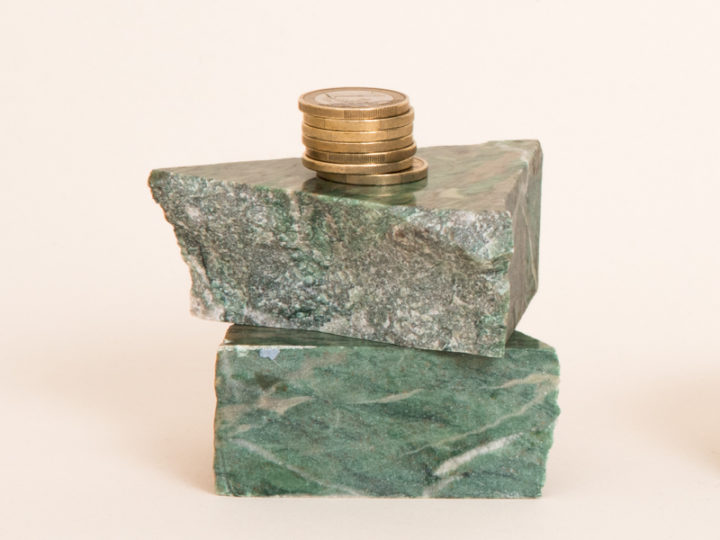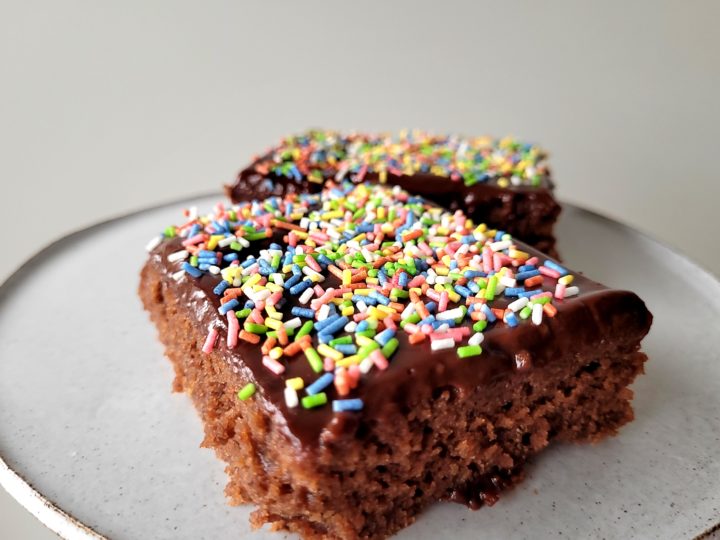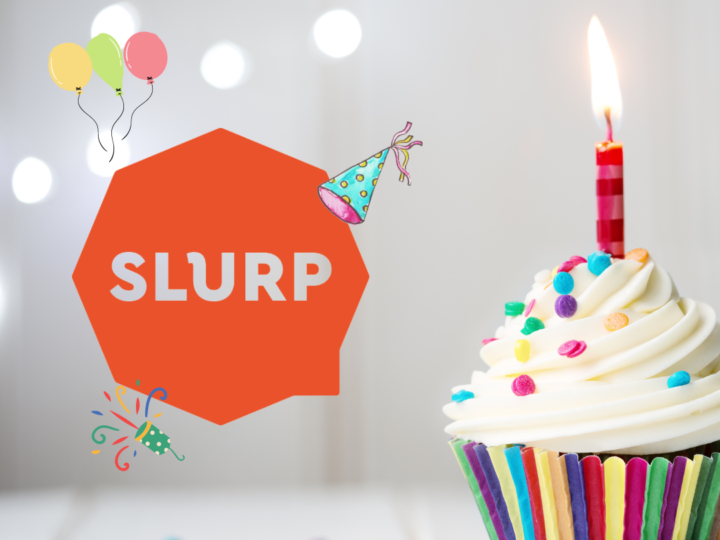Coffee tasting or cupping
is a standardised method of coffee extraction used by professionals to prepare coffees when tasting them for buying, selling or quality control purposes. Cupping is a method used to evaluate the taste, aroma and overall quality of coffee beans. When coffees are prepared in exactly the same way, they are comparable. This makes it easier to identify differences in taste between them.
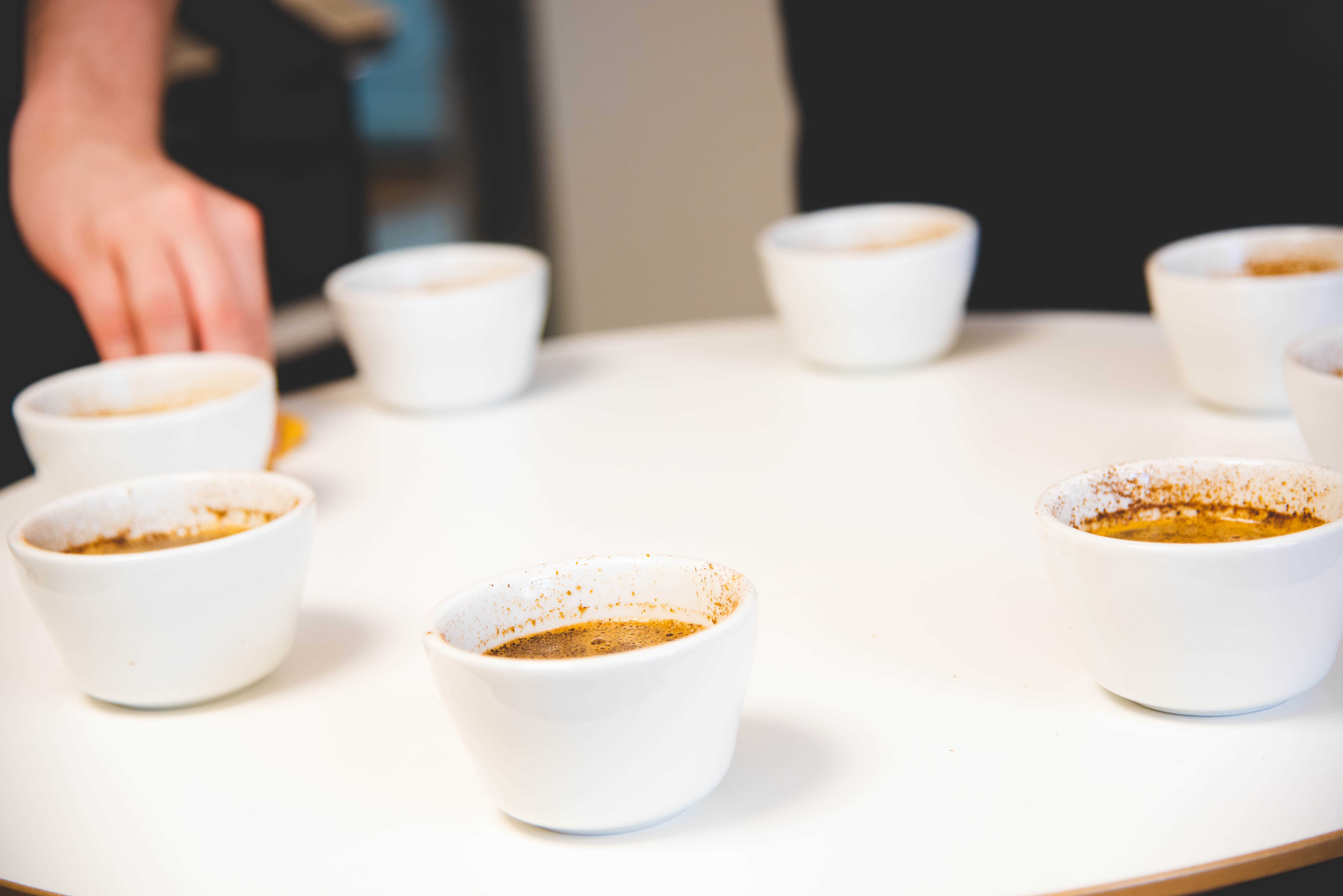
Cupping is a surprisingly easy way to organise a coffee tasting at home. All you need is a kettle and a timer, cups, tablespoons, scales, coffee and water. The basic dosage for cupping is the same as for making coffee in a coffee maker: 6 grams of coffee per 1 dl of water. For example, using a 1.5 dl coffee cup, 9 grams of coffee is measured out, and water is poured into the cup to fill it up to 1.5 dl.
Instructions for cupping at home:
Filter-ground coffee can be used for coffee tasting, but french press ground coffee works as well. If you have a grinder, grind the coffee just before you start tasting.
Pro tip! You can grind a few beans to “clean” the grinder between different coffees. This is done by grinding a few beans before the bigger batch of each coffee is ground, and discarding the grounds from the few beans. This cleaning between coffee beans is particularly useful if the coffees that are tasted are of different roasting levels.
- Measure a heaped measuring spoon or 9 grams of each coffee into its own cup. If you are using a grinder, grind the coffee directly into the cup you are using. Pour 1.5 dl of boiling water over the coffee grounds. It is best to pour the water in a way that mixes the coffee grounds with the water and no dry lumps are left in the water as air pockets.
- Set a timer and first allow the coffee to extract for 4 minutes without touching it. During this time, some of the coffee crumbs will accumulate at the surface and some will settle on the bottom.
- After 4 minutes, stir the ‘coffee cake’ that has accumulated on the surface without stirring the sediment on the bottom. Two good swirls of a spoon on the surface are sufficient for this, and it is advisable to do this for each cup of coffee in the same way.
- Then, using two spoons, gently scrape off any coffee grounds and foam remaining on the surface. The better you can get the grounds and foam peeled off the liquid surface, the better the flavours of the coffee will come out.
Note! When peeling the grounds and foam, be careful not to stir the liquid, especially the coffee grounds that have settled to the bottom. That would enhance extraction, making differences in the extraction levels between cups.
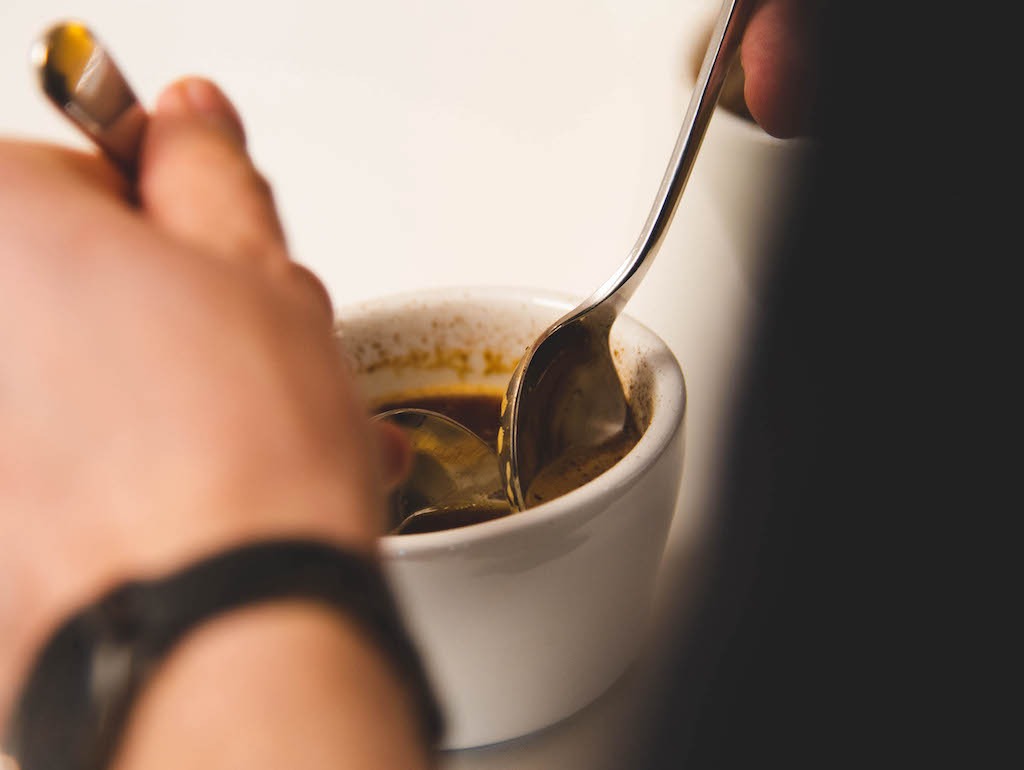
- After about 7 minutes, you can start tasting. It is not advisable to taste coffee while it is too hot, as the flavours are “hidden” by the temperature. Fill the spoon gently with coffee from the surface of the cup, taking care not to stir the coffee.
- Slurp the coffee vigorously, as you would do when tasting wine or hot soup. This will make the coffee form into tiny aerosole type of drips, while allowing air to enter the mouth. This makes it easier and more efficient to taste the aromas.
- Swirl and taste the coffee in your mouth. Then you can move on to taste the next coffee in the same way. If you want to be very precise, between each cup of coffee, rinse the spoon in a glass of water to prevent the extraction from the previous cup of coffee from being carried over to the next one.
- Remember to taste the coffee at different temperatures, as the flavours of the coffee changes with temperature.
- Repeat the process with different coffees, if you’re comparing multiple varieties. Make sure to cleanse your palate between tastings with water and unsalted crackers.
- If cupping with others, discuss your observations and compare notes. This can help you gain different perspectives on the coffees you’re tasting!
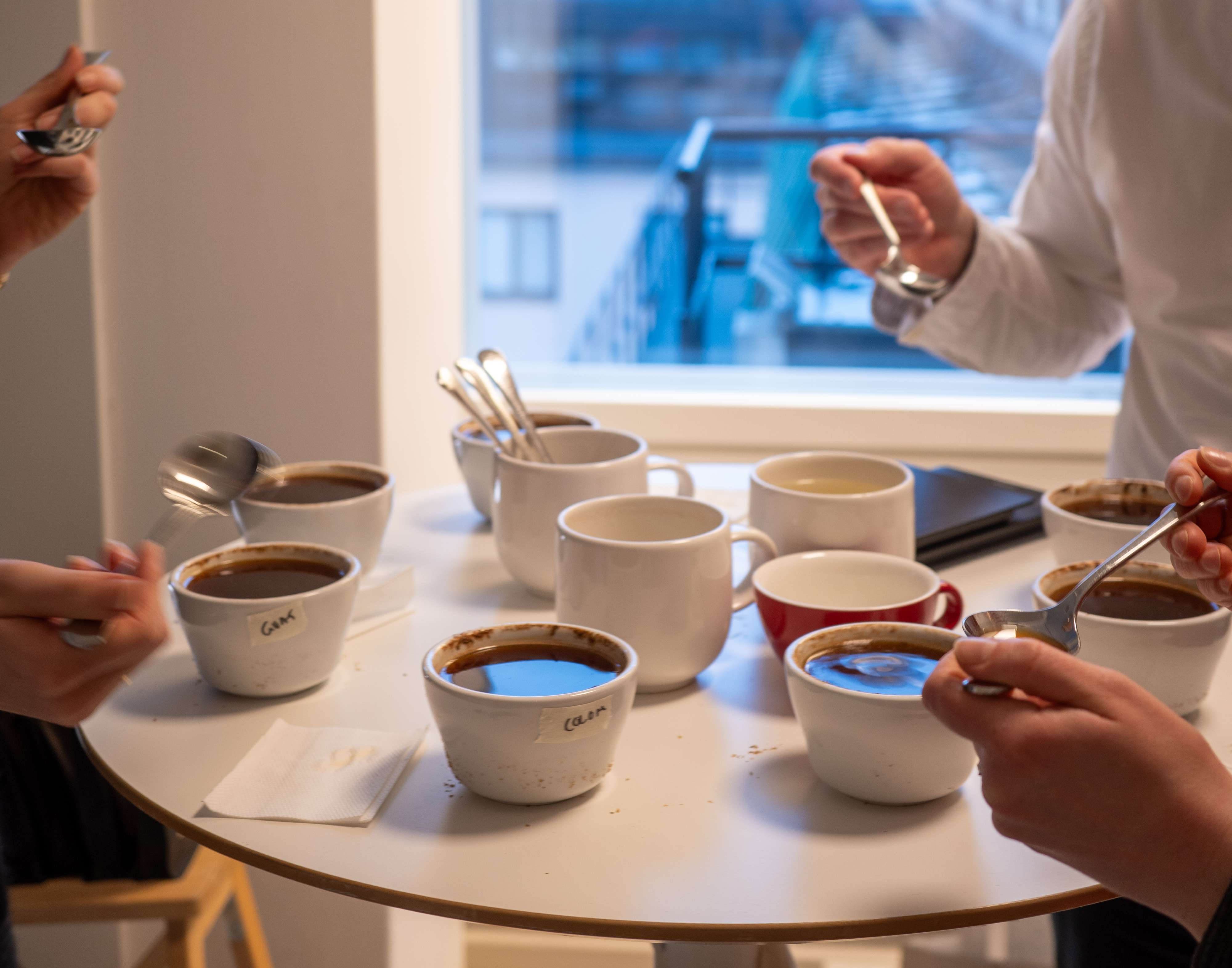
Comments (0)
Leave a reply
You must be logged in to post a comment.


